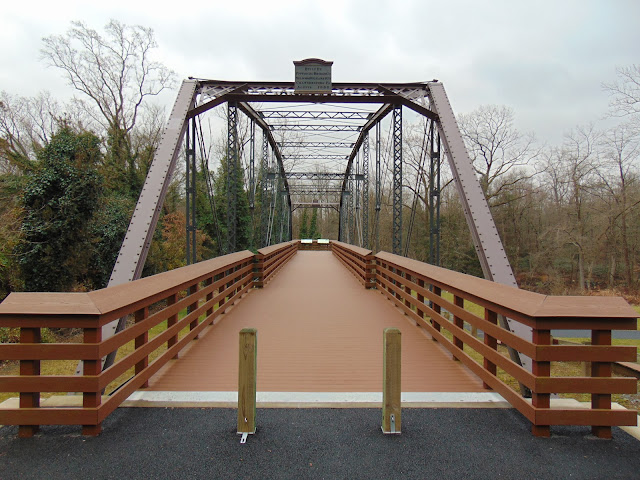As I have been going through
old flickr albums that are providing the material for this blog, I come across various buildings and subjects that I didn't know much about when I took the photo, but now have an opportunity to learn more and obviously write about. Such is the case with the former Washington Terminal Station for the Waynesburg and Washington Railroad.
 |
| The former Washington Terminal of the Waynesburg and Washington Railroad. |
I took photos of the former railroad station on a July 4th explore trip into Washington County. On
my blog entry describing the trip, I had posted about the abandoned building that appeared to be a railroad terminal. Fortunately, I had a few comments that informed me that the building was the former Washington station for the Waynesburg and Washington Railroad (W&WRR). So now seven years later, I did some additional research and learned a lot about the history of this station and the railroad it once served.
 |
| 1895 Railroad Map of Washington County showing the Waynesburg and Washington Railroad. (Dan West) |
The Waynesburg and Washington railroad was the brainchild of John Day in 1874. Issued a charter in 1875, work soon began on the W&WRR later that year. The completed route between the Greene (Waynesburg) and Washington (Washington) County seats was 28 miles over 3 foot wide narrow gauge track. The W&WRR was a subsidiary of the Pennsylvania Railroad and passenger service along the line ran until July 9, 1929. (1) Freight service - in the form of rail trucks - on the line continued until 1976 when Conrail took over. (2) Currently, much of the track has been abandoned and no longer exists. A small part of the track now is used as a rail link to a local coal mine. Interestingly, the railroad's charter still has over 50 years remaining on it. (2)
 |
| The glass canopy is long gone as is the clock that stood over the entrance to the WWRR's Washington Station. |
The Washington Station was located at the intersection of South Main and Park Avenue. The brick structure was built in 1907 and served as a passenger terminal. (3) The station's glass canopies and clock are no longer there and the building is currently used as a warehouse for a local building supply.
Sources & Links:






Comments
Post a Comment